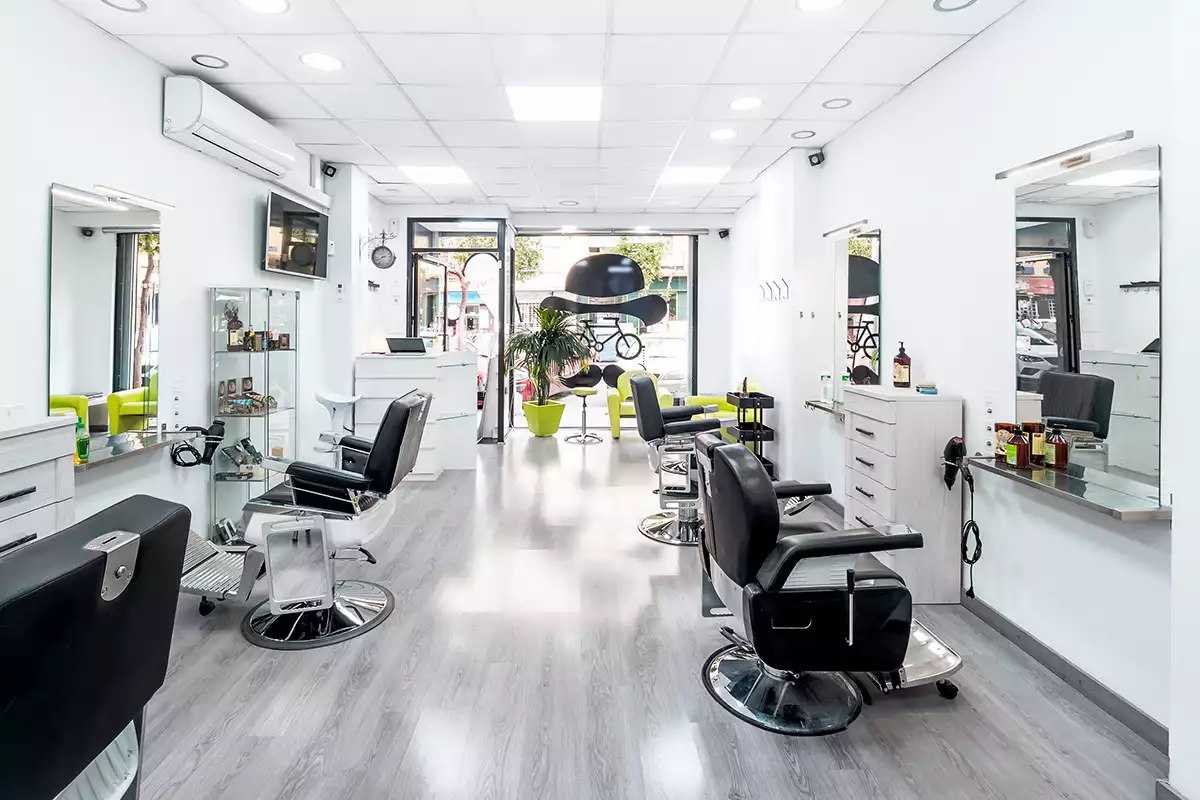While consulting a hair professional, being able to clearly communicate your desired haircut is vital for reaching the desired look. A thorough description enables the stylist interpret your expectation and minimizes the chances of misunderstanding. To make sure that you get the haircut you want, it is important to get ready in advance and think about several critical factors when expressing your style goals. These factors include hair cut, consistency, style, and any specific features that you would like to add.
Firstly, consider the length of your hair. Haircuts can range from very short styles like pixies to long layers that fall below the shoulders. It is helpful to specify whether you want a trim, a significant cut, or a complete transformation. Using precise terms such as "shoulder-length" or "mid-back" can provide clarity. Additionally, discussing the possibility of bangs or layers helps the stylist visualize your request more accurately. Being clear about how much length you wish to maintain or remove will significantly influence the outcome of your haircut.
Next, tress consistency plays a key function in determining how a haircut will appear. Various textures—such as straight, wavy, curly, or kinky—react uniquely to specific styles. When explaining your preferred cut, it is important to note your tresses’ natural structure and whether you plan to use any hair tools or products. For example, if you have dense hair, you may want to ask for de-bulking methods to reduce bulkiness. Alternatively, if your tresses is fine, you might opt for layers that add fullness. This information allows the professional to customize the cut based on how your strands responds.

In conjunction to hair length and structure, sharing the general style you want can provide direction for the hair professional. There are numerous hairstyles to select, including timeless cuts like blunt cuts and modern variations like angled cuts. It is beneficial to provide references of hairstyles that appeal to you—these could be photos from magazines or social media platforms. Related Site Pointing out distinct elements such as soft edges, defined outlines, or graduated layers can help expressing your vision more clearly. This ensures that both you and your stylist are on the same understanding regarding style direction.
Lastly, don't neglect to mention any unique traits that might enhance your haircut. This could involve factors such as face shape or individual aesthetic choices that affect the overall look. For instance, those with round faces might lean toward gentle contours to elongate their profile, while clients with square faces may opt for blended layering to soften their jawline. In addition, discussing shade preferences can also be part of this conversation; noting if you want accent tones or a solid color can better shape your desired result.
In conclusion, successfully communicating your desired style requires click resources careful evaluation of several key elements: length, texture, look, and unique features. By planning in advance and being clear about these aspects, individuals can greatly improve their experience at the studio and boost the chances of leaving with a result they love. A successful discussion with a stylist is founded upon clear communication and shared expectations. This collaborative approach guarantees that both guest and technician work together towards creating the perfect look.